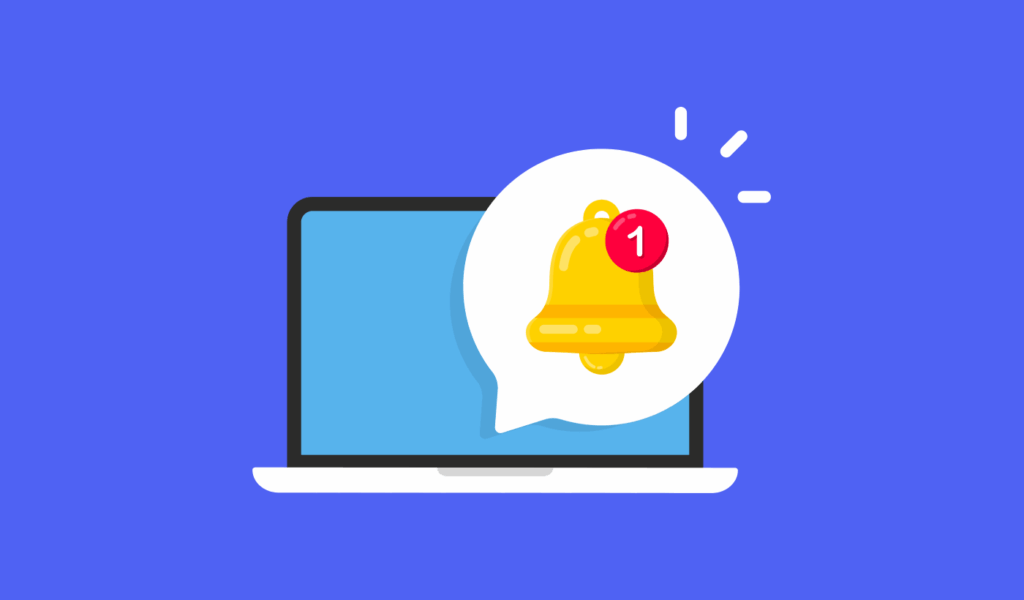Is Your Postal Network Ready for AI-Powered Visibility?
Artificial intelligence (AI) is no longer a futuristic concept—it’s here, and it’s transforming logistics as we know it. For postal networks, AI-powered visibility offers a new frontier of operational efficiency, customer satisfaction, and competitive advantage. But the question is: is your postal network ready to adopt and thrive in this new AI-driven era?

1. What Is AI-Powered Visibility in Logistics?
AI-powered visibility refers to using machine learning, predictive analytics, and real-time data to improve transparency, forecasting, and control throughout the supply chain. In a postal context, this means:
- Real-time package tracking
- Predictive delivery estimates
- Automated issue detection (like delays or failed scans)
- Smarter route optimization
- Customer behavior analytics
It’s not just about seeing where a parcel is—it’s about predicting what happens next and taking proactive action.
2. Why Postal Networks Need AI Now More Than Ever
The traditional model of postal tracking—scan-based updates, reactive issue handling, manual investigations—is no longer sufficient. Today’s customers demand:
- Accurate, real-time updates
- Proactive notifications about delays

- Seamless returns and redirections
- Clear visibility across international shipments
Meanwhile, postal operators face rising challenges:
- Growing parcel volumes from e-commerce
- Increased cross-border complexity
- Staff shortages and labor cost increases
- Pressure to meet sustainability targets
AI provides tools to address these issues head-on.
3. Key Benefits of AI for Postal Visibility
Here’s what your postal network stands to gain by adopting AI-powered visibility:
🔍 Better Tracking Accuracy
AI models can combine GPS data, scan events, and environmental factors to provide more precise tracking than traditional scan-based systems.
📦 Predictive ETAs
Machine learning algorithms can forecast delivery times more accurately by analyzing route conditions, traffic, weather, and historical patterns.

🚨 Proactive Alerts
AI can identify abnormal parcel behavior (e.g., stuck at a depot too long) and trigger alerts before customers complain.
⚙️ Optimized Operations
AI-powered dashboards can help allocate resources more efficiently, reduce bottlenecks, and improve route planning in real time.
🌍 Enhanced Cross-Border Coordination
Customs delays, regional holidays, and routing differences are better managed with AI models trained on international data flows.
🤖 Fewer Manual Investigations
AI automates anomaly detection and resolution suggestions, reducing the burden on support teams.

4. Signs Your Postal Network Is Ready for AI
Wondering if your organization is ready to implement AI-driven visibility? Look for these signs:
- ✅ You already collect large amounts of parcel, route, and delivery data
- ✅ You have modern IT infrastructure or are migrating to the cloud
- ✅ Your team faces challenges with late deliveries and customer complaints
- ✅ You’re already experimenting with automation or machine learning in operations
- ✅ There’s executive buy-in for innovation and transformation
If you check at least three of these, your network is likely ready to take the next step.
5. Common Barriers to AI Implementation
Despite the benefits, many postal networks hesitate to adopt AI due to:
❌ Legacy Systems
Outdated technology stacks may not support real-time data processing or integration with AI platforms.
❌ Data Silos
Scattered data across departments and systems makes it hard to train accurate models.

❌ Skill Gaps
Lack of in-house data science and AI talent can stall pilot programs.
❌ Budget Concerns
Upfront investment in AI tools, data infrastructure, and training can seem costly without a clear ROI.
❌ Resistance to Change
Cultural resistance to automation and fear of job displacement may block progress.
Recognizing these barriers is the first step to addressing them.
6. How to Prepare for AI-Driven Visibility
If you’re ready to modernize your postal visibility, here’s how to prepare:
1. Audit Your Data
Assess what tracking, delivery, and operational data you currently collect. Clean and consolidate it for better AI model training.

2. Upgrade Infrastructure
Invest in cloud-based systems or APIs that enable real-time data exchange across platforms.
3. Start Small
Test AI capabilities with a single use case—such as delivery time prediction or parcel delay detection—before scaling up.
4. Partner with Experts
Work with AI logistics platforms or consulting firms that specialize in postal technology and predictive analytics.
5. Train Your Team
Upskill your operations and tech teams with basic AI knowledge to ensure alignment and smooth adoption.

7. Real-World Examples of AI in Postal Networks
Leading postal providers are already embracing AI:
- La Poste (France): Uses machine learning to improve first-attempt delivery success rates.
- Royal Mail (UK): Implements AI for parcel volume forecasting and route planning.
- Singapore Post: Introduced AI chatbots to provide customers with accurate real-time parcel updates.
- USPS: Pilots AI-based anomaly detection to reduce misrouted or lost parcels.
These examples show that AI is no longer a luxury—it’s becoming a standard.
Conclusion
AI-powered visibility is set to redefine the future of postal operations. Whether you’re a national postal service, a courier company, or a cross-border logistics provider, embracing AI is no longer optional—it’s a competitive necessity.
So, is your postal network ready? Start assessing your systems, investing in the right tools, and preparing your team today. Because in the world of modern logistics, the networks that see ahead, win ahead.
Industry Insights
news via inbox
Nulla turp dis cursus. Integer liberos euismod pretium faucibua








